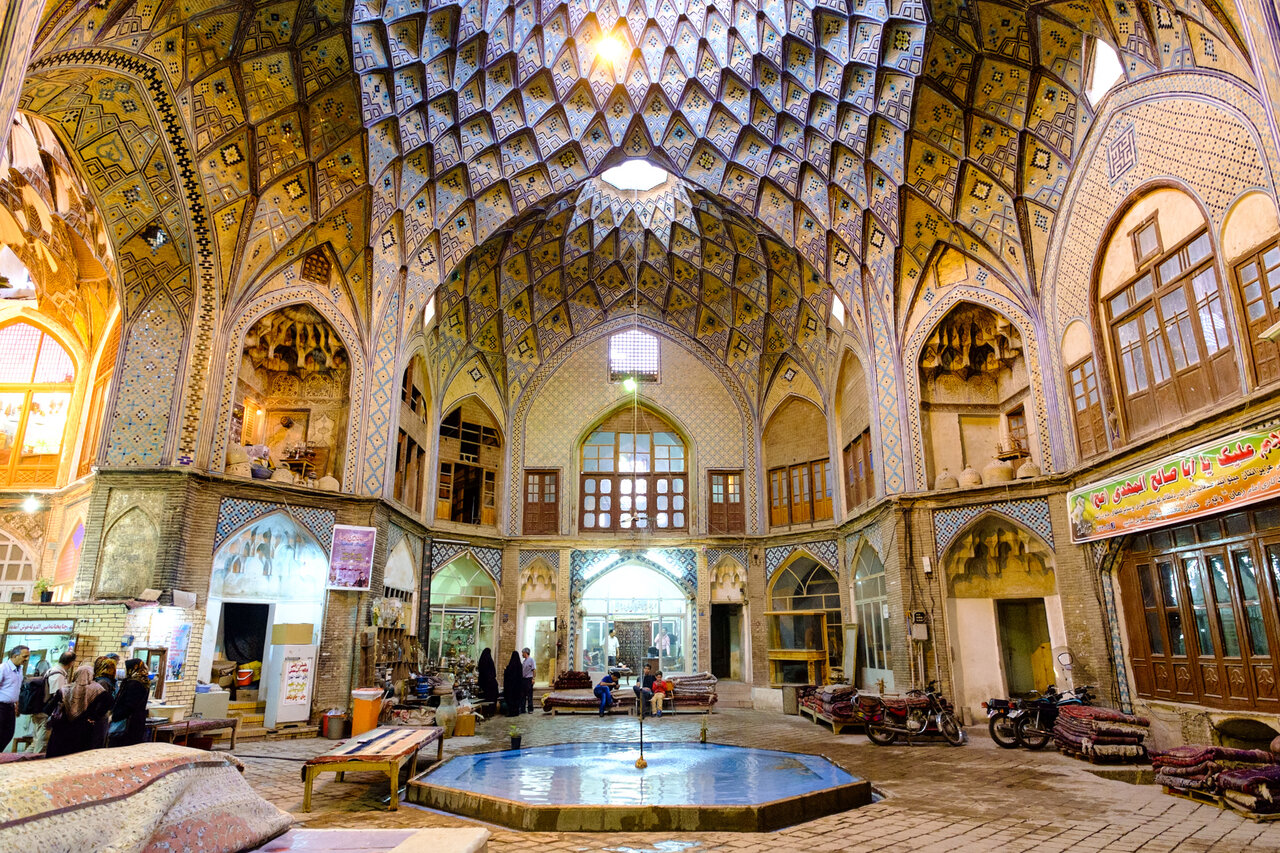News Abuja

alak-ol-Aflak castle, as one of the most important historical monuments of Iran, is located in Lorestan province. In addition to national registration, this castle is waiting for global registration in the UNESCO list. This glorious castle, dating back to the Sassanid era (3rd -7th centuries AD), is located on the hills of Khorramabad, capital of Lorestan province and it entertains many tourists and visitors from all over Iran and

With its labyrinthine alleys, vernacular architecture, and vibrant atmosphere, the Grand Bazaar of Kashan is not just a shopping destination but a living testament to centuries of Persian heritage. Located in Isfahan province, the bazaar has been a bustling center of trade and commerce for centuries. Here, the aroma of herbal spices, the lively chatter of merchants, and the vibrant colors of goods on display create an unforgettable sensory experience.

In the Name of God, the All-Merciful, the All-Compassionate, Salaam and welcome to our weekly program "Path towards Enlightenment" in which we present you a fluent and easy-to-understand explanation of the ayahs of the holy Qur’an. We start from where we left you last Friday and here are ayahs 37 to 40 of Surah Ya Sin:

According to the Public Relations of the Islamic Culture and Relations Organization, Hojjatoleslam Wal Muslimeen Imanipour, the head of the country's cultural diplomacy apparatus, sent a message of condolences on the martyrdom of Ismail Haniyeh, the head of Hamas' political bureau. The text of the message is as follows:

In the name of Allah, the Most Merciful, the Most Merciful, and welcome to the weekly program "The Path of Enlightenment", in which we present to you a fluent and understandable explanation of the verses of the Holy Qur'an. We start from where we left you last Friday, and here is verse 36 of Surah Ya Sin:
Choose blindless
Red blindless Green blindless Blue blindless Red hard to see Green hard to see Blue hard to see Monochrome Special MonochromeFont size change:
Change word spacing:
Change line height:
Change mouse type:



